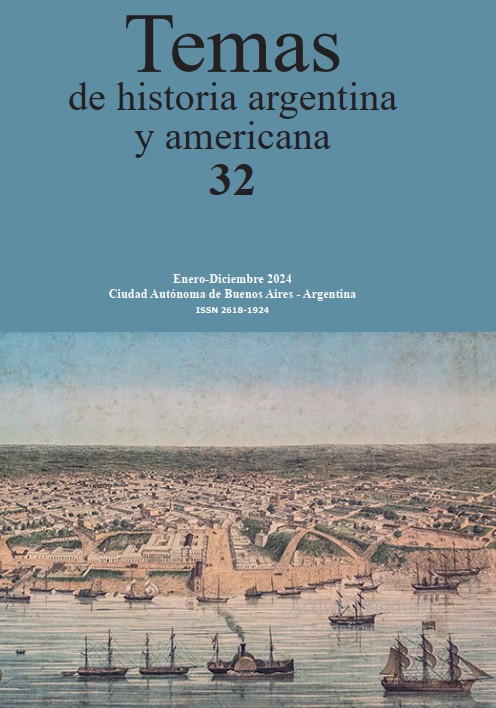The consolidation of the prison-depot in Tucumán. Villa Urquiza and the impoverishment of the prison regime (1950-1975)
DOI:
https://doi.org/10.46553/THAA.32.2.2024.p9-41Keywords:
History of prisons, Penitentiary Regime, Model Prison, Prison-Warehouse, MilitarizationAbstract
This paper addresses a period of Argentine history that has been more worked on by the historiography of “political” than “common” prison. It intends to analyze the history of the Villa Urquiza Prison – which originated as a “model prison” in the 1920s – and the consolidation of the prison-warehouse model in Tucumán. In this way, a heterogeneous set of governments is taken that, despite the various signs that characterized them, were contributing to the general deterioration of the prison system, without major differences. This work begins in 1950, with the creation of the Provincial Directorate of Prisons and it is closed in 1975, when a notable change occurred in the prisons that, completely in military hands, began to be used as clandestine centers of detention.
Downloads
Downloads
Published
How to Cite
Issue
Section
License
Copyright (c) 2024 Luis González Alvo

This work is licensed under a Creative Commons Attribution-NonCommercial-ShareAlike 4.0 International License.



























